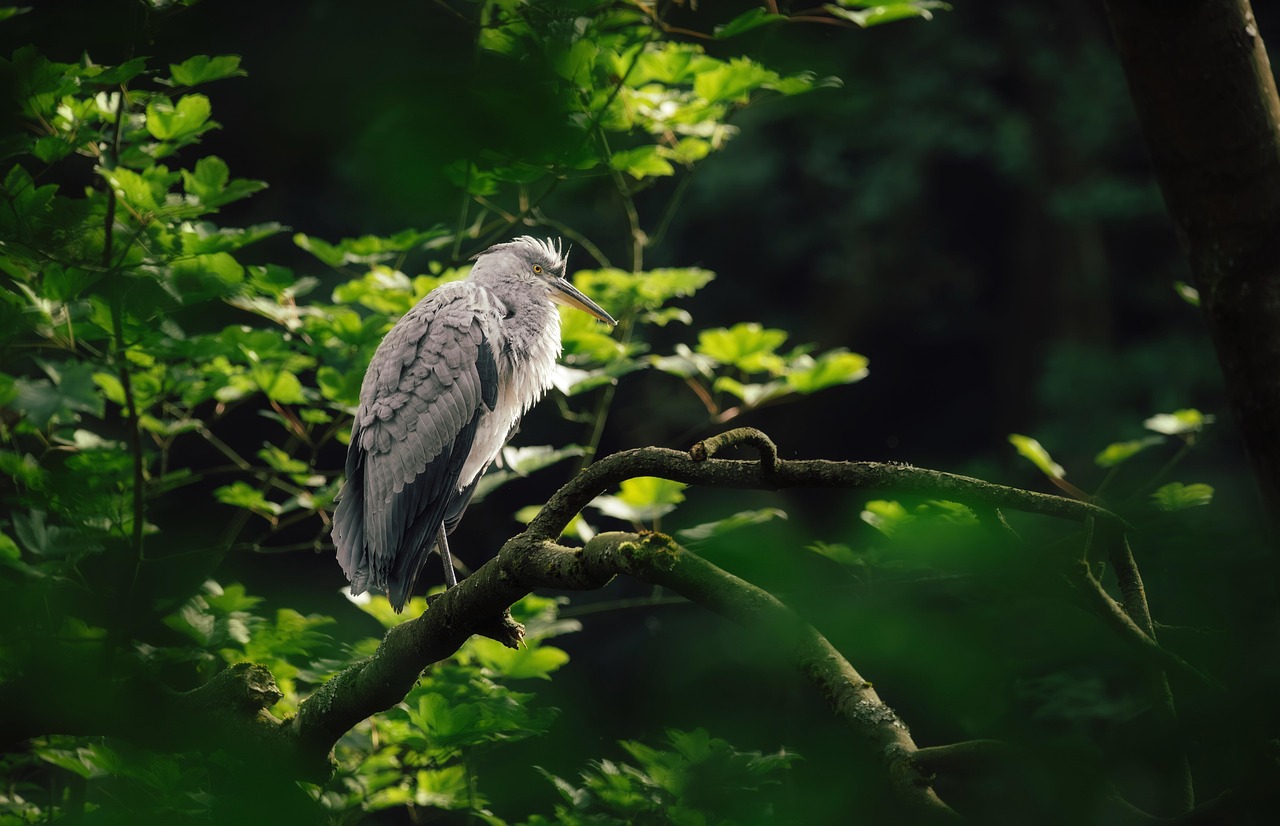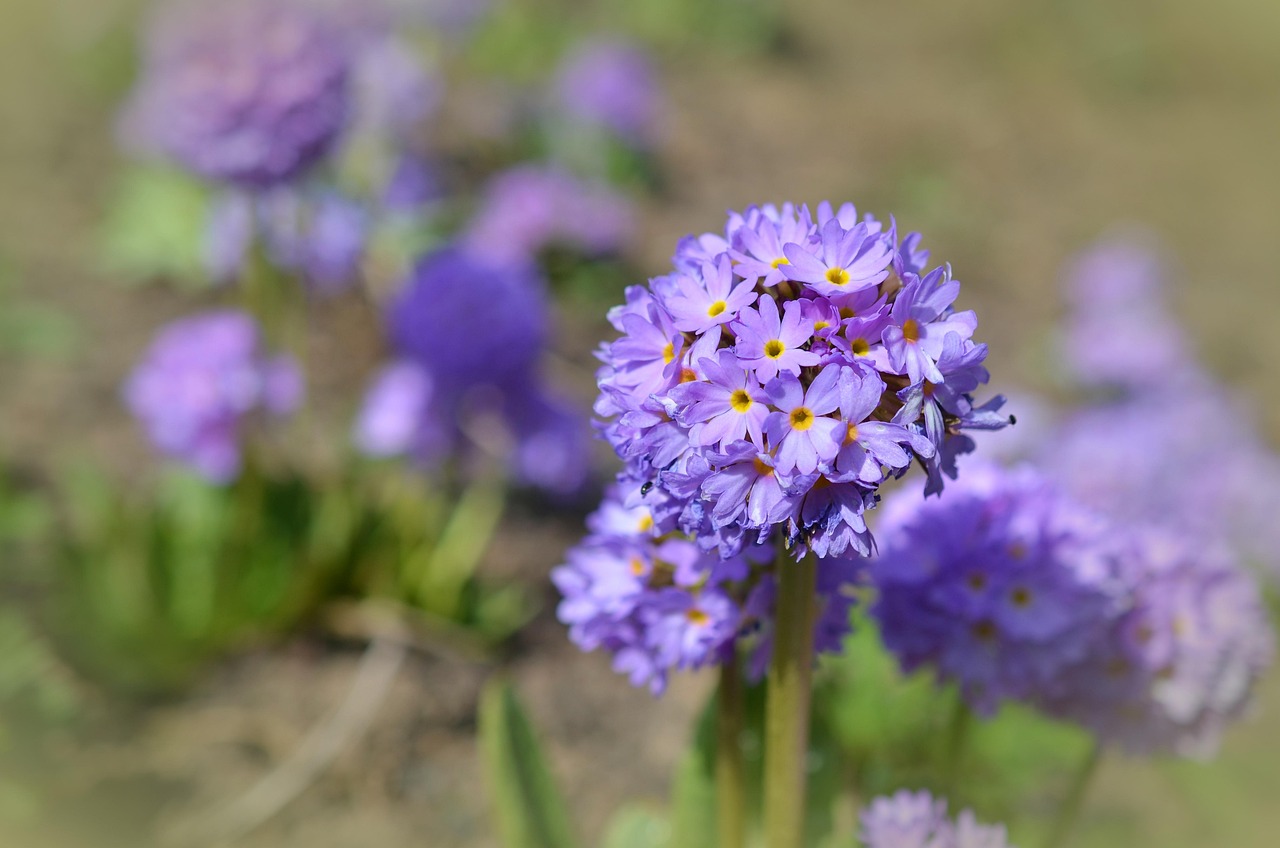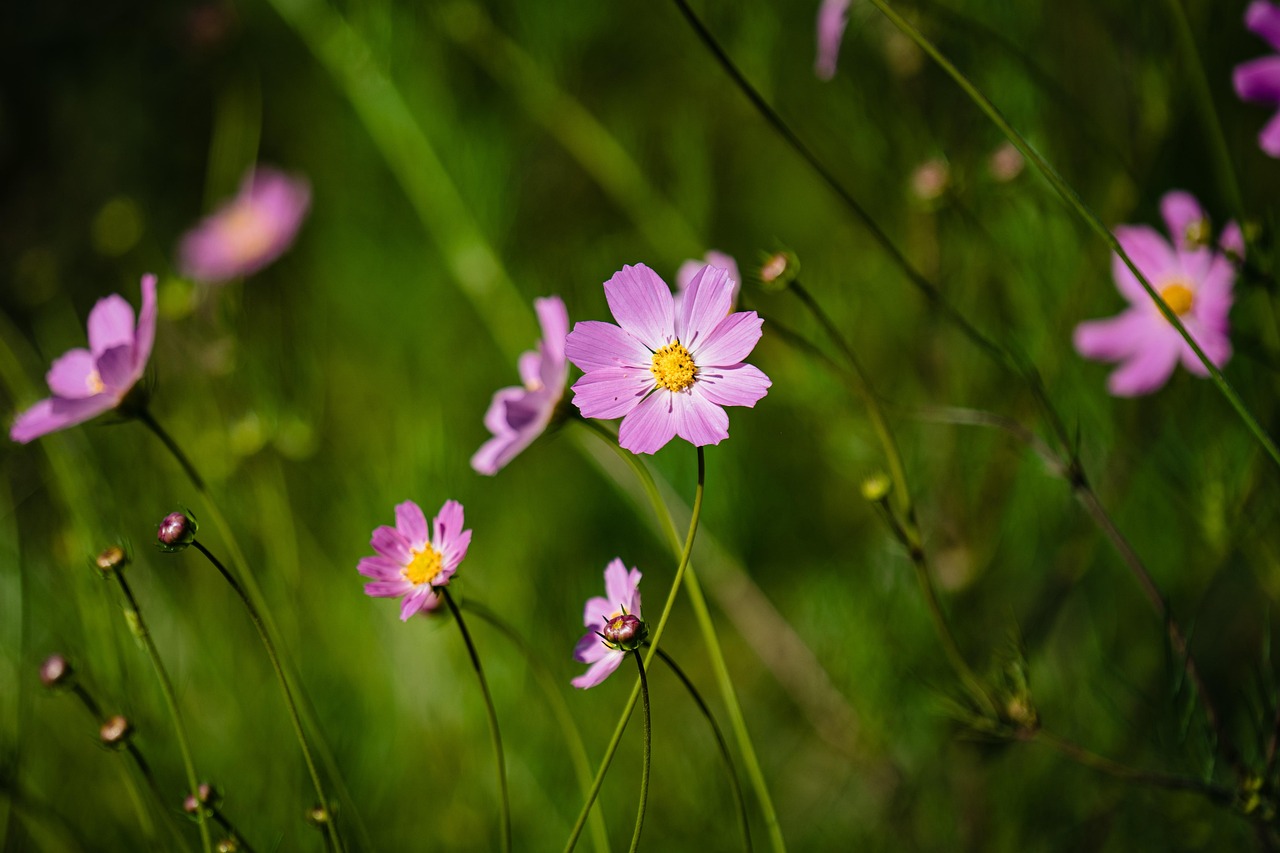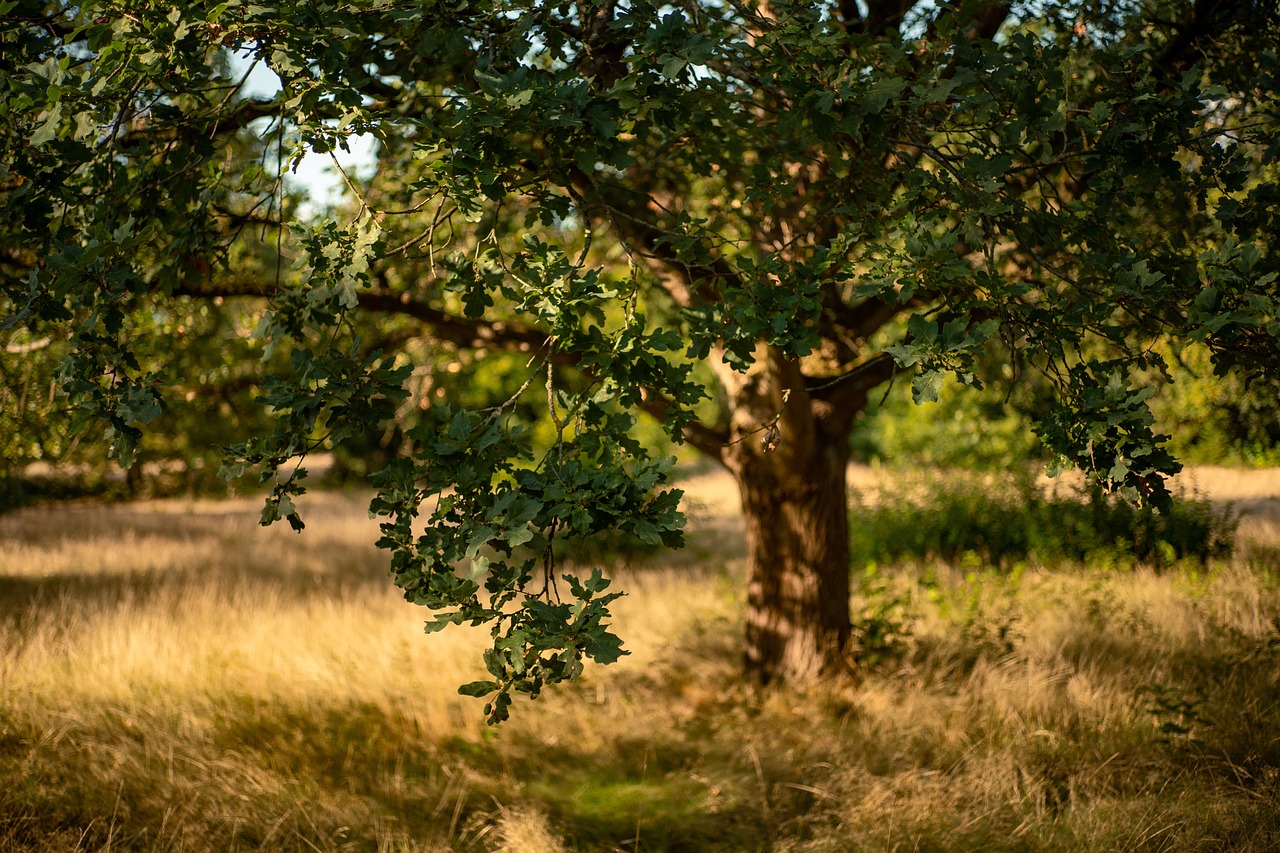When it comes to enhancing the beauty of small landscapes, few elements can match the charm of small flowering trees. These delightful plants offer vibrant blooms, attractive foliage, and the ability to create a focal point in any garden or yard. Perfect for urban spaces, small backyards, or even patio gardens, small flowering trees bring life and color to limited areas without overwhelming them.
Small flowering trees are diverse in species and characteristics. They not only add aesthetic appeal but also provide essential benefits. These trees can attract pollinators like bees and butterflies, contribute to improved air quality, and even offer shade during hot summer months. Their compact size makes them suitable for various planting scenarios, from formal landscapes to more casual garden settings.

One of the most appealing aspects of small flowering trees is their seasonal display. Many species put on a spectacular show during spring and summer with their stunning flowers, while others may display beautiful fall foliage. This variety allows gardeners to choose trees that will complement their landscape throughout the year.
Why Choose Small Flowering Trees?
There are several compelling reasons to incorporate small flowering trees into your landscape design. Here are some key benefits:
- Space Efficiency: Small flowering trees are ideal for limited spaces. They can thrive in smaller yards or even be planted in containers on patios.
- Aesthetic Appeal: The vibrant flowers and unique foliage of these trees can enhance the visual interest of any garden.
- Wildlife Support: Many small flowering trees attract pollinators and birds, promoting biodiversity in your backyard.
- Seasonal Interest: These trees often provide year-round beauty, with flowers in spring, lush leaves in summer, and colorful foliage in fall.
- Ease of Maintenance: Most small flowering trees require less maintenance than larger trees, making them suitable for gardeners of all skill levels.
Furthermore, many small flowering trees are adaptable to various soil types and growing conditions. This resilience makes them an excellent choice for a wide range of climates and environments.
Popular Small Flowering Trees
When selecting small flowering trees for your landscape, it’s essential to consider species that are well-suited for your region and soil type. Below is a list of some popular small flowering trees that are known for their beauty and adaptability:
| Tree Species | Height | Bloom Time | Flower Color |
|---|---|---|---|
| Redbud (Cercis canadensis) | 20-30 feet | Spring | Pink/Purple |
| Flowering Dogwood (Cornus florida) | 15-30 feet | Spring | White/Pink |
| Crape Myrtle (Lagerstroemia indica) | 15-25 feet | Summer | Pink/Red/White/Purple |
| Saucer Magnolia (Magnolia x soulangeana) | 20-30 feet | Spring | Pink/White |
| Japanese Tree Lilac (Syringa reticulata) | 20-30 feet | Late Spring | Creamy White |
This table highlights a few exceptional options available for those looking to enhance their landscapes with small flowering trees. Each of these species offers unique characteristics that can fit various gardening preferences and conditions.
Selecting the right tree involves understanding its growth habits, bloom time, and environmental needs. This knowledge can help ensure that your chosen tree flourishes and contributes positively to your outdoor space.
In the following sections, we will delve deeper into specific care tips, design ideas, and maintenance strategies for small flowering trees, allowing you to make the most of these beautiful additions to your landscape.
Choosing the Right Location for Small Flowering Trees

When planting small flowering trees, the location is crucial for their growth and overall health. A well-chosen spot can enhance the tree’s beauty and ensure it thrives throughout its life. Below are some key factors to consider when selecting the ideal location for your tree.
Sunlight Requirements
Most small flowering trees prefer full sun, which generally means at least six hours of direct sunlight each day. However, some species can tolerate partial shade. Understanding the specific light requirements of your chosen tree is essential to its success.
- Full Sun: Trees like Redbud and Crape Myrtle thrive in full sun settings.
- Partial Shade: Dogwoods and some varieties of magnolias can adapt to areas with filtered sunlight.
Soil Quality and Drainage
The soil quality plays a vital role in the health of small flowering trees. Most trees prefer well-drained soil with good organic matter. Testing your soil can help determine if it needs improvement.
Here are some tips for enhancing soil quality:
- Add organic compost to improve soil structure and nutrient content.
- Ensure proper drainage by avoiding low-lying areas where water may accumulate.
- Consider amending clay soils with sand or perlite to enhance aeration.
Proximity to Other Plants
When planting small flowering trees, consider their proximity to other plants. This can affect their growth and access to resources. Here are some guidelines:
- Avoid planting too close to larger trees that may overshadow or compete for nutrients.
- Leave enough space between the flowering tree and shrubs or perennials to allow for air circulation.
- Plan for future growth, ensuring that the tree will have adequate space as it matures.
Watering Needs of Small Flowering Trees

Watering is critical during the establishment period of small flowering trees. Newly planted trees require consistent moisture to develop strong root systems. Afterward, their watering needs may vary based on species and environmental conditions.
Establishment Phase
During the first year after planting, it’s essential to keep the soil consistently moist. Here are some recommendations:
- Water deeply once a week, ensuring that moisture reaches the root zone.
- Monitor rainfall and adjust watering schedules accordingly.
- Avoid overwatering, which can lead to root rot.
Ongoing Care
Once established, small flowering trees generally require less frequent watering. However, during dry spells or extreme heat, additional water may be necessary. Observe your tree’s leaves; drooping or wilting can indicate a need for more water.
Fertilization Tips
Fertilizing small flowering trees can encourage healthy growth and vibrant blooms. However, it’s essential to use fertilizers judiciously to avoid over-fertilization, which can harm the plant.
Types of Fertilizers
There are various types of fertilizers available:
- Granular Fertilizers: These slow-release fertilizers provide nutrients over an extended period.
- Liquid Fertilizers: These offer quick nutrient uptake but may require more frequent application.
Application Timing
The best times to fertilize small flowering trees are in early spring just before new growth begins and again in late summer if needed. Always follow recommended application rates based on your tree’s specific needs.

By thoughtfully considering location, watering, and fertilization, you will greatly enhance the chances of your small flowering trees thriving and bringing beauty to your landscape for years to come.
Pest and Disease Management for Small Flowering Trees
Like all plants, small flowering trees are susceptible to various pests and diseases. Understanding potential threats and implementing preventive measures can help keep your trees healthy and vibrant. Below are some common pests and diseases, along with strategies for management.
Common Pests
Several pests can affect small flowering trees. Here are some of the most frequently encountered:
- Aphids: These small insects feed on sap and can cause leaf curling and stunted growth. They are often found in clusters on new growth.
- Spider Mites: These tiny arachnids create fine webs and can cause yellowing leaves. They thrive in hot, dry conditions.
- Scale Insects: These pests attach themselves to branches and leaves, sucking sap and weakening the plant.
Pest Management Strategies
Here are some effective methods for managing pests on small flowering trees:
- Regular Monitoring: Check your trees frequently for signs of pest infestations. Early detection is key to effective management.
- Natural Predators: Encourage beneficial insects such as ladybugs and lacewings, which feed on aphids and other pests.
- Insecticidal Soap: Use organic insecticidal soap to control soft-bodied insects like aphids and spider mites. Apply it according to label directions.
Disease Identification and Prevention
Diseases can also pose a threat to small flowering trees. Identifying symptoms early can prevent the spread of disease and protect your tree’s health.
Common Diseases
Here are a few diseases that may affect your small flowering trees:
- Powdery Mildew: This fungal disease appears as a white powdery coating on leaves. It thrives in humid conditions and can inhibit photosynthesis.
- Canker: Canker diseases cause sunken lesions on branches, leading to dieback. They are often caused by fungi entering through wounds.
- Root Rot: Caused by overwatering or poorly drained soil, root rot can severely weaken or kill trees by preventing roots from accessing oxygen.
Disease Management Strategies
To manage diseases effectively, consider the following strategies:
- Proper Watering Practices: Water at the base of the tree and avoid overhead watering to reduce humidity around the foliage.
- Pruning: Regularly prune dead or diseased branches to improve air circulation and reduce the risk of disease spread.
- Fungicides: For severe cases of fungal diseases, applying fungicides may be necessary. Always follow label instructions for application rates and timing.
The Importance of Mulching
Mulching is an essential practice that offers numerous benefits for small flowering trees. It helps retain soil moisture, suppress weeds, and regulate soil temperature. Additionally, organic mulch can improve soil structure as it decomposes.
Types of Mulch
There are various materials available for mulching:
- Bark Mulch: Shredded bark provides a natural look while suppressing weeds effectively.
- Wood Chips: These are durable and break down slowly, making them ideal for long-term use.
- Straw or Grass Clippings: These organic materials decompose quickly but should be applied in thin layers to avoid matting.
Applying Mulch
When applying mulch around your small flowering trees, consider the following tips:
- Spread a 2-4 inch layer of mulch around the base of the tree, keeping it a few inches away from the trunk to prevent rot.
- Avoid piling mulch too high, as this can create a conducive environment for pests and diseases.
- Replenish mulch annually to maintain its effectiveness and appearance.
By actively managing pests and diseases, and utilizing practices like mulching, you will significantly enhance the health and longevity of your small flowering trees, ensuring they provide beauty for years to come.
Designing with Small Flowering Trees
Incorporating small flowering trees into your landscape design can be an exciting endeavor. These trees can serve various purposes, from providing shade to enhancing visual interest. Here are some design ideas to effectively integrate them into your garden.
Focal Points and Accents
Small flowering trees can create stunning focal points in your landscape. Planting them in strategic locations can draw the eye and add depth to your garden.
- Entryways: Position a small flowering tree near the entrance of your home or pathway to create an inviting atmosphere.
- Patios and Decks: Use potted small flowering trees to frame outdoor living spaces, adding color and texture.
- Garden Borders: Line pathways or borders with small flowering trees to create a defined space and enhance overall design.
Layering and Group Plantings
Layering different plant heights can create a more dynamic garden. Small flowering trees can be paired with various shrubs and perennials to create depth and interest.
- Mixing Heights: Combine small flowering trees with taller shrubs or larger flowering plants to create a layered effect.
- Color Coordination: Plant trees with complementary flower colors or foliage to enhance the overall aesthetic of your landscape.
- Seasonal Variety: Choose a mix of species that bloom at different times to ensure year-round interest in your garden.
Seasonal Care Considerations
Caring for small flowering trees varies throughout the seasons. Understanding the seasonal needs of these trees can help ensure they remain healthy and beautiful.
Spring Care
Spring is a vital time for small flowering trees as they begin their growth cycle. During this season, focus on:
- Pruning: Remove any dead or damaged branches to promote healthy growth.
- Fertilization: Apply a balanced fertilizer to encourage new growth and blooming.
Summer Care
In summer, the main focus shifts to watering and maintenance:
- Watering: Ensure consistent moisture, especially during heat waves.
- Pest Monitoring: Keep an eye out for pests that may become more active during warmer months.
Fall Preparation
As temperatures drop, prepare your small flowering trees for winter:
- Mulching: Add a layer of mulch to protect roots from freezing temperatures.
- Last Pruning: Conduct light pruning if necessary, but avoid heavy cuts late in the season.
Winter Care
During winter, care focuses on protection:
- Protection from Frost: Cover young trees with burlap or frost cloth if extreme cold is expected.
- Avoid Overwatering: Ensure that the soil does not remain overly wet during winter months to prevent root rot.
Final Thoughts
Small flowering trees bring significant beauty and character to compact landscapes. Their vibrant blooms, seasonal interest, and ability to attract wildlife make them valuable additions to any garden. By understanding their care requirements, strategic placement, and potential design applications, you can create an inviting outdoor space that thrives year-round.
Their versatility allows for creative expression in garden design, whether used as focal points, border plants, or integrated into layered plantings. With proper attention to seasonal care and maintenance practices, these trees can flourish and provide enjoyment for many years.
As you embark on your journey with small flowering trees, remember that patience and observation are key. Each tree has its unique needs, and adapting your care approach will lead to a flourishing landscape filled with beauty and life.
